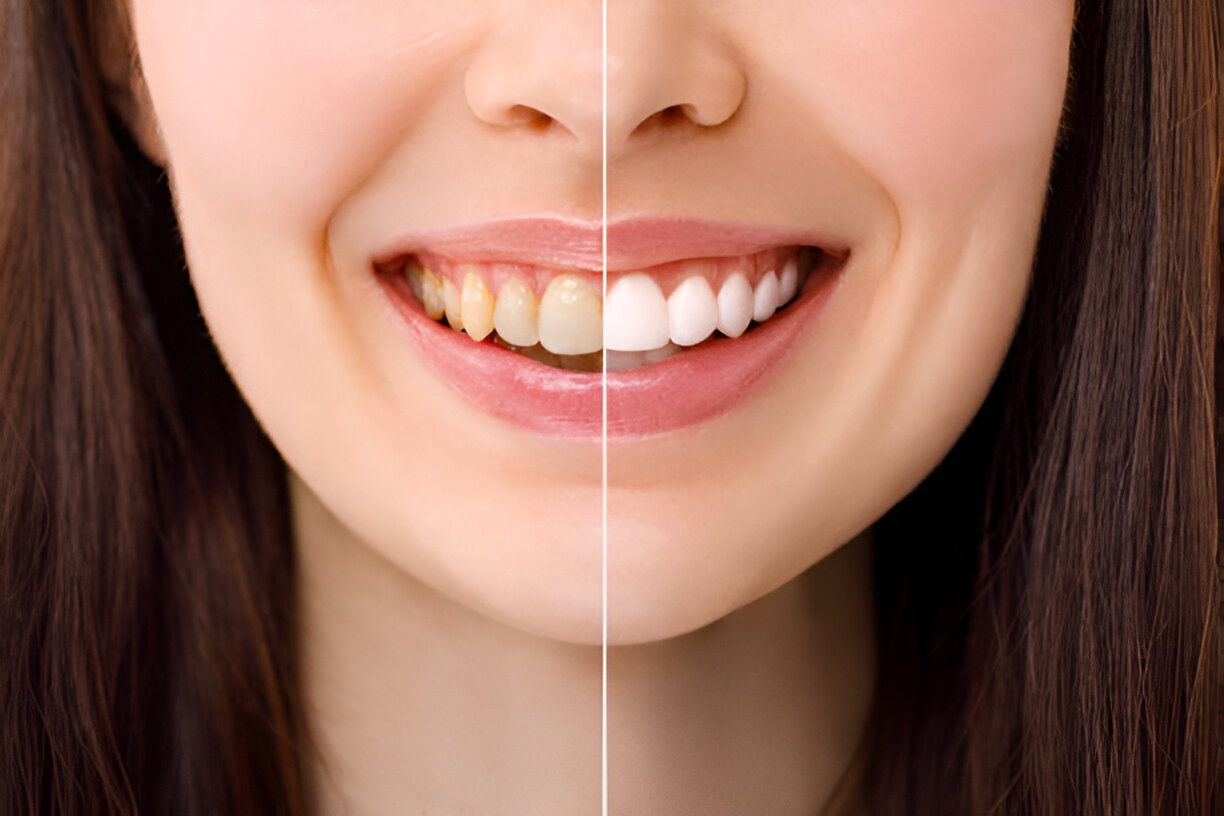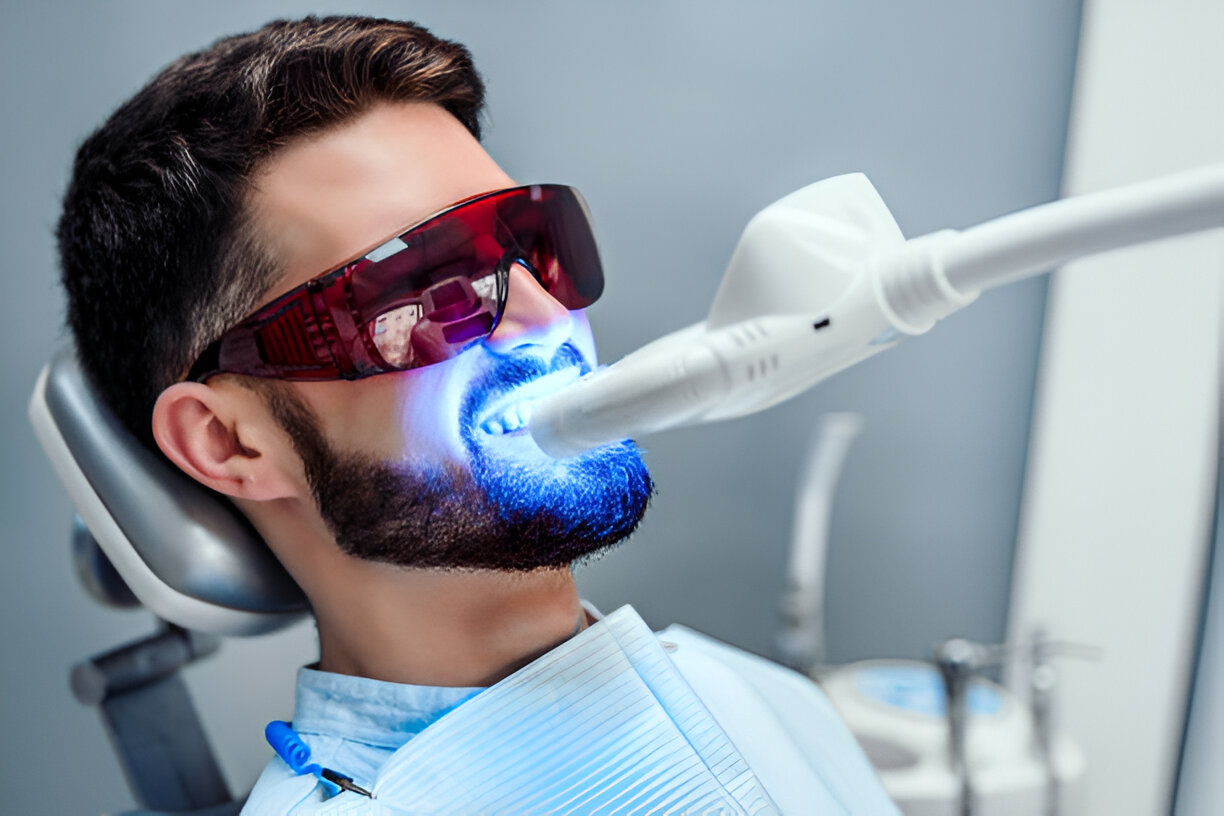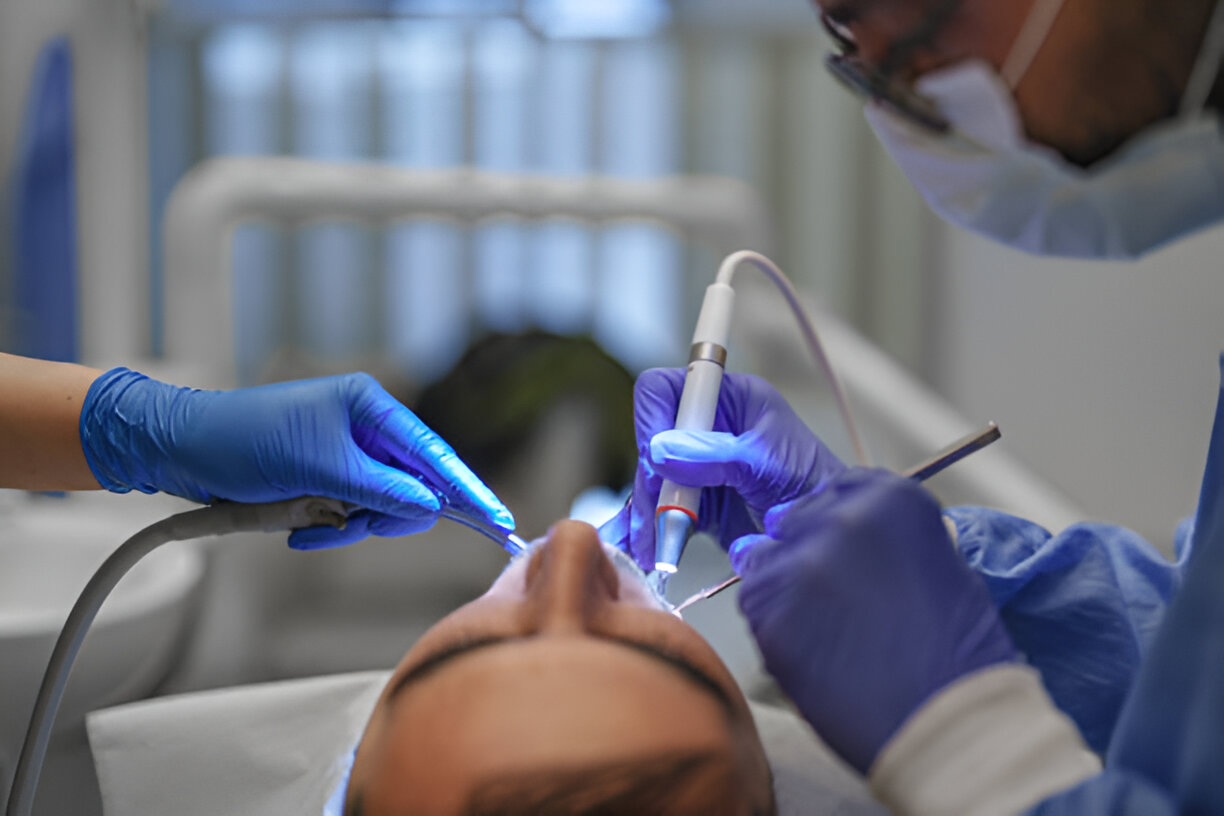
The Ultimate Guide to Teeth-Whitening: Tips and Tricks
Summary
Yellow isn’t such a bad color to wear, but it does make people conscious when their teeth show shades of yellow.
Teeth discoloration is a natural phenomenon, but many factors can cause stains that make teeth look less-than-bright white.
Your teeth have tiny pores that absorb stains from food and drinks like coffee, tea, berries, red wine, soy sauce, and smoking. Get to know every detail about Teeth whitening in Shallotte NC, with our expert blog piece:

Types Of Staining
Extrinsic: The most common cause of teeth staining is consuming dark-colored food and drink, which leads to a build-up in the protein film on the tooth enamel. These stains are easier to remove with regular oral hygiene and dental cleaning.
Intrinsic: Certain trauma and medications may cause teeth color to turn in different shades of gray. The intrinsic stains are more resistant to over-the-counter whitening products as they occur inside the tooth. Other reasons for intrinsic tooth discoloration are tooth decay, excess fluoride, genetics, and tooth injury.
Age-related: It’s natural to notice a yellowish tooth discoloration as people age. This comes from the natural occurrence of enamel withering away.
Natural Remedies For Teeth Whitening
Oil Pulling
Oil pulling, which has roots in ancient India, is an easy process handed down to generations as an effective teeth-whitening remedy. Take about a tablespoon of coconut oil and push it through your teeth for 10-15 minutes. Being natural, coconut oil is safe for daily push-and-pull and is believed to show consistent results. Effective in reducing the bacteria in the mouth, oil pulling also helps to fight plaque formation.
Baking soda
A 2017 study found brushing your teeth with baking soda is safe and effective in natural teeth whitening. Softly brushing your teeth with baking soda instead of your regular toothpaste allows for polishing your teeth and eliminating stains.
Hydrogen peroxide
When mixed with equal amounts of water, a mild bleach, hydrogen peroxide in 1.5% concentration is a natural remedy to reduce tooth discoloration. Be wary of sensitive teeth and gum irritation and stop using if it causes any discomfort.
Professional Treatments For Discolored Teeth
Dentists in Shallotte NC are committed to delivering the top teeth whitening treatment. Based on your convenience, here are the treatments available.
In-Office Teeth Whitening
This is one of the widely accepted treatments and has quick results as well. Dentists utilize high-concentration bleaching gels, often accelerated by specialized lights or lasers. This method utilizes hydrogen peroxide or carbamide peroxide to get rid of the stains. Experienced dental professionals will manage the application and removal of the gel with safety and for effective treatment. The procedure takes nearly 50-60 minutes.
Dental bonding
A cosmetic procedure is an affordable option that uses tooth-colored resin to enhance the appearance of your teeth. You can apply it to address various dental imperfections. The resin is applied to the tooth’s surface, molded to the desired shape, and then hardened with a special light.
Bonding is also used to repair chips and close gaps between teeth. It is a relatively quick way to improve the color of your teeth. While bonding is durable, it’s not as strong as crowns or veneers and may require replacement over time.
Veneers
Dentists create wafer-thin shells from porcelain or composite resin. They bond these shells to the front of your teeth to mask chips, cracks, gaps, and discoloration. Veneers offer a natural look and durability. To place a veneer, dentists remove a thin layer of tooth enamel. While irreversible, veneers significantly enhance your smile.

Crowns
Dentists use dental crowns to restore severely damaged or discolored teeth. A crown is a tooth-shaped cap that covers the entire tooth. Dentists reshape the damaged tooth before cementing the crown in place. Crowns can be made from various materials, such as porcelain, metal, or a combination, offering different aesthetic and durability options.
Microabrasion
Dentists use microabrasion to treat surface stains and minor discoloration. The process involves gently removing a thin layer of tooth enamel using a mixture of baking soda and water. This procedure is suitable for mild stains and imperfections but less effective for deep-seated discoloration.
At-Home Teeth Whitening Kits
A convenient way to whiten your teeth is with at-home teeth whitening kits, which consist of a whitening gel and custom-fitted trays or strips. The gel contains hydrogen peroxide or carbamide peroxide, active ingredients that penetrate the enamel to remove stains.
At-home kits produce noticeable whitening with regular use. They’re affordable and convenient, and they’re best for those with minor discoloration. Dentists advise exercising caution when using at-home whitening kits and watching out for side effects like sensitivity and irritation.
| Myth | Fact |
| Teeth whitening is only for people with severely stained teeth | Teeth whitening can benefit people with a wide range of tooth shades |
| Over-the-counter whitening products are just as effective as professional treatments | Professional whitening treatments typically offer faster and more dramatic results due to higher concentrations of whitening agents |
| Whitening your teeth will damage the enamel | When performed correctly by a dental professional or using reputable products, whitening is safe and does not harm tooth enamel |
| Once teeth are whitened, they will stay white forever | The effects of teeth whitening are temporary. Regular touch-ups may be needed to maintain the desired shade |

Tips For Maintaining A Whiter Smile
Maintaining your dazzling smile requires ongoing effort. Let’s explore some essential tips to help you preserve your pearly whites.
Oral Hygiene Practices
Brush your teeth twice daily with fluoride toothpaste to remove plaque and food particles. Floss daily to clean between teeth and prevent gum disease. Use mouthwash to kill bacteria and freshen your breath. Regular cleaning helps extend the life of your whitening results.
Diet and Lifestyle Factors
Limit stain-causing culprits like coffee, tea, red wine, and tobacco. Opt for water or milk instead. Regular dental check-ups are crucial. Your dentist can remove surface stains, identify potential issues, and recommend professional whitening treatments.
Regular Dental Check-Ups
Schedule routine dental check-ups and cleanings to maintain oral health. Your dentist removes tartar buildup and provides valuable oral hygiene advice. Early detection and prevention of dental problems are key to a long-lasting, bright smile.
Takeaway
- Understand the causes of teeth stains so you can choose the right whitening method.
- Over-the-counter, in-office, and at-home whitening options are available for mild, moderate, and heavily stained teeth.
- A balanced diet with good oral hygiene and regular dental check-ups are key to maintaining your teeth whitening results.
- Consult the most trusted dentists from Carolina Coast Family Dentistry for the most effective professional advice and teeth whitening treatment.
